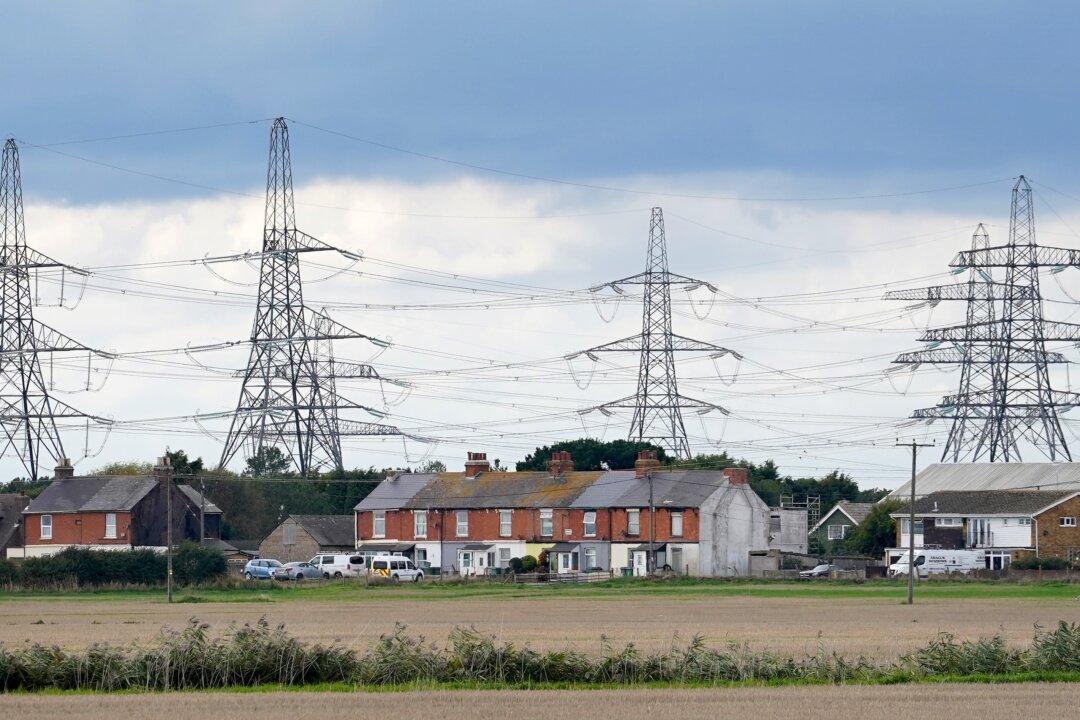Households near new pylons and electricity substations will be offered up to £10,000 off their energy bills over a 10-year period in a bid to reduce local opposition to transmission infrastructure.
The plan is expected to be announced by Chancellor Jeremy Hunt on Wednesday when he delivers his autumn budget statement.





